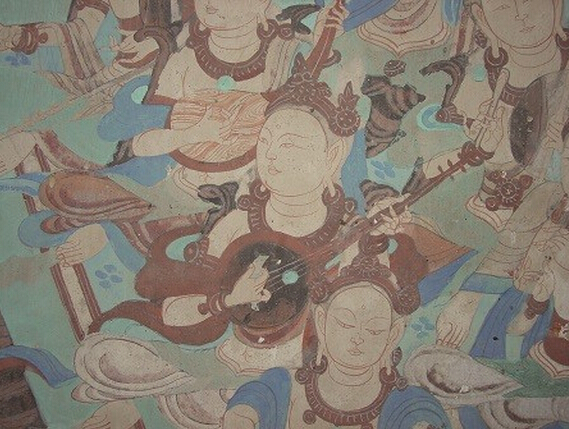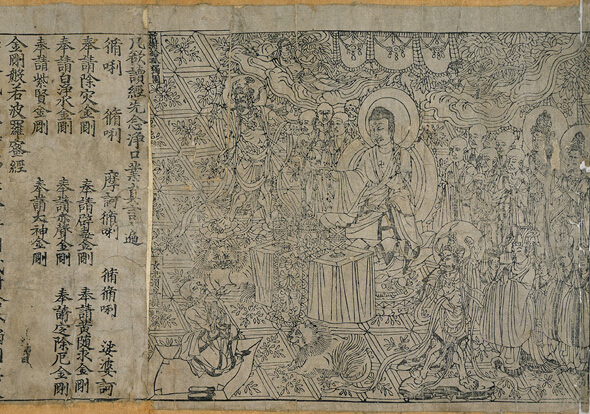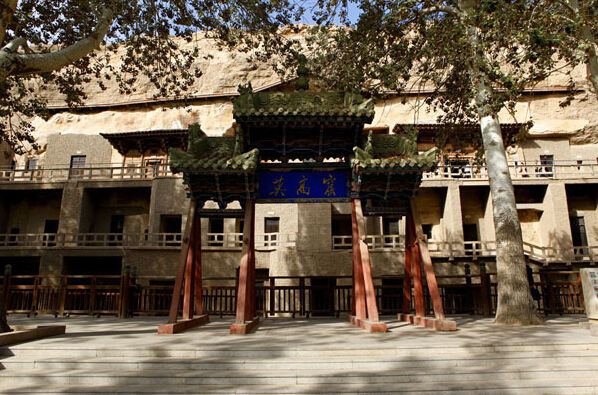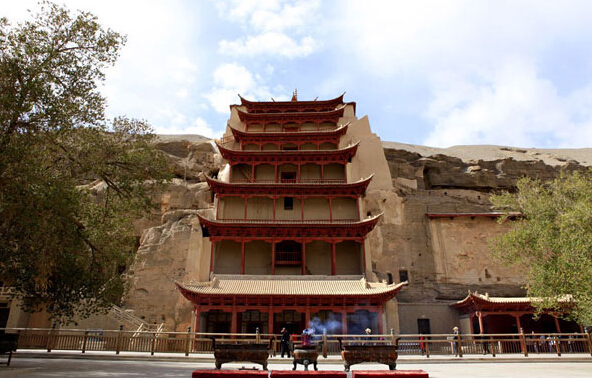Getty Center in Los Angeles to display Dunhuang art
From:Chinaculture NetWriter:Date:2015-08-21
The Getty Center in Los Angeles recently announced that its museum will hold a major exhibition of the Buddhist Grottoes of Dunhuang located on the Chinese Silk Road from May 7 to Sep 4 in 2016.

Cave 85, detail of wall painting of musicians, Tang dynasty, Mogao caves, Dunhuang, China.
The exhibition Cave Temples of Dunhuang: Buddhist Art on China's Silk Road will display three full-scale replicas of three of Mogao's cave temples. It will also feature numerous objects originally from the site—such as paintings and manuscripts that have rarely, if ever, traveled to the United States. A ninth-century copy of a Buddhist scripture, the Diamond Sutra, on loan from the British Library, will be included among the exhibits, which is the world's oldest complete and dated printed book.
The Mogao caves of Dunhuang, located 25 kilometers from the town of Dunhuang in the Gobi Desert of Northwest China, comprise nearly 500 decorated Buddhist cave temples dating from the 4th to the 14th centuries. Filled with exquisite wall paintings and sculptures, the caves demonstrate the religious, artistic, and cultural exchanges along the Silk Road, the trade routes linking East and West.
Organized by the Getty Conservation Institute (GCI), the Getty Research Institute (GRI), the Dunhuang Academy, and the Dunhuang Foundation, the exhibition celebrates the over 25 years of collaboration between the GCI and the Dunhuang Academy to conserve and protect this UNESCO World Heritage Site.

The Diamond Sutra.

The Mogao Grottoes, also known as Thousand Buddha Cave, is one of three noted grottoes in China and also the largest, best preserved and richest treasure house of Buddhist art in the world.

The nine-story temple (Cave 96) houses a colossal Tang dynasty Buddha statue, Mogao caves, Dunhuang, China.

